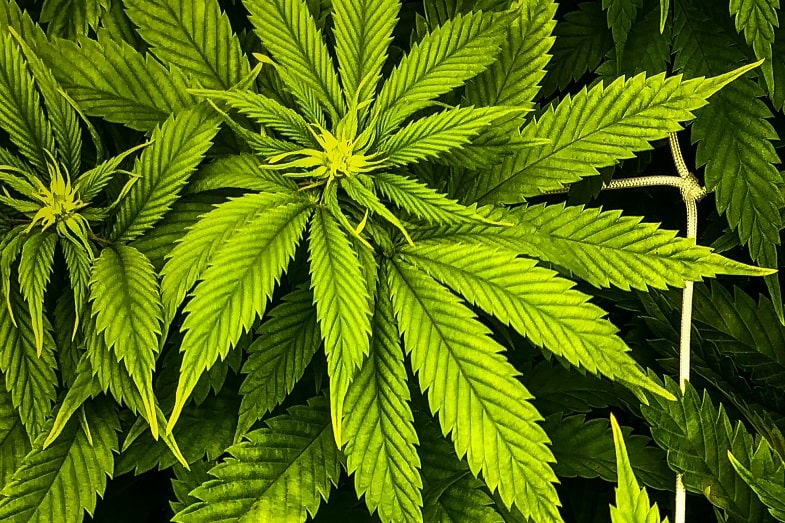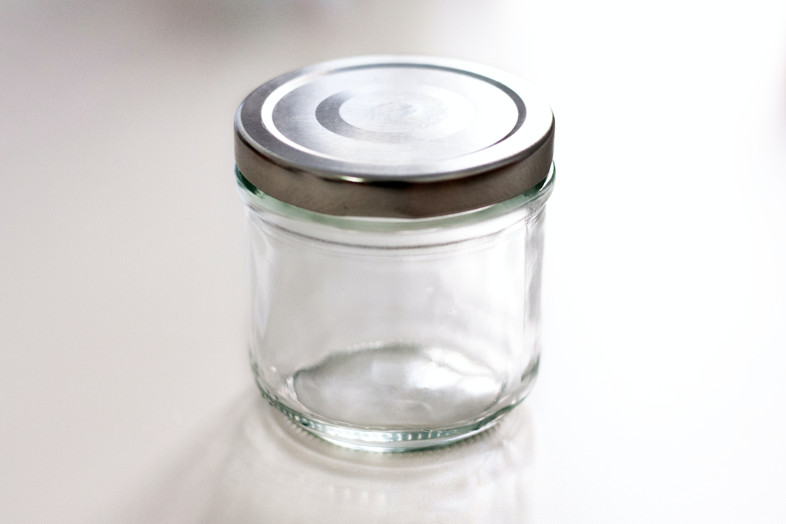Published on: 18/07/2025
Discover what dry sift is, how it’s made, and how to store it
In recent years, cannabis cultivation has seen significant growth, driven also by the spread of special varieties such as autoflowering cannabis seeds, fast-growing seeds, marijuana seeds, hemp seeds, and feminized cannabis seeds. For growers and enthusiasts, the value of a plant is not limited to the flower alone but also extends to the techniques used to extract the most valuable active compounds.
Among the oldest and most appreciated methods is dry sift, an extraction process that allows obtaining high-quality concentrates without using chemical solvents. In this article, we will explore what dry sift is, the tools needed to apply it, how the extraction takes place, the most effective ways to consume these products, and the best strategies for storing them over time.
What is dry sift?
The dry sift technique involves extracting resin from cannabis by dry sifting the plant material. The term “dry sift” literally means “dry sifting,” accurately describing the process: by using screens with various mesh sizes, the trichomes — resin glands rich in cannabinoids and terpenes — are separated from the less valuable parts of the plant.
Unlike other extraction methods, such as using chemical solvents or ice water extraction (ice water hash), dry sift is completely natural and free from risks associated with chemical residues. This method produces a concentrate often called kief or pollen, which is the ideal raw material for producing traditional hashish or making concentrates like rosin.
Dry sift has ancient roots and continues to be appreciated both by passionate amateur growers, who often use feminized cannabis seeds or autoflowering seeds to optimize yield, and by more experienced producers seeking a pure and high-quality product.
What is needed to produce dry sift?
To obtain high-quality dry sift, it is essential to start with excellent raw material. This is where cannabis seeds come into play, including hemp seeds, marijuana seeds, autoflowering seeds, and feminized seeds: the plant’s genetics directly influence both the quantity and quality of the resin that can be extracted.
Regarding the necessary equipment, fine mesh screens or filters are the main tools. These screens come in various mesh sizes, usually ranging from 70 microns up to 150 microns or more, and are often sold in complete sets with multiple layers. The choice of mesh size affects the purity and fineness of the collected material.
In addition to the screens, it is important to have smooth and clean surfaces, such as tables or trays, on which to perform the process, as well as a dry environment to prevent the material from clumping or losing effectiveness. Some growers or enthusiasts prefer to use anti-static gloves to limit product loss and increase overall yield.
Finally, the quality of the dry sift largely depends on the care dedicated to flower cultivation, especially when using fast-flowering cannabis seeds or autoflowering seeds, characterized by a short but highly productive life cycle in terms of resin. Careful seed selection and cultivation techniques therefore play a crucial role in the success of the extraction.


How is dry sift extraction done?
Dry sift extraction is based on a simple process that requires great attention and patience. The starting material is usually dried cannabis flowers, but resinous leaf trimmings and pruning waste rich in trichomes can also be used. These are placed on special screens and then gently shaken or rubbed so that the smaller trichomes pass through the mesh while the larger plant parts remain on the filter.
The process can be done manually with slow, controlled movements or mechanically using motorized screens that speed up the extraction. It is essential not to apply too much pressure on the material to avoid mixing impurities into the concentrate or damaging the trichomes.
During processing, the trichomes, which are smaller and heavier than other plant parts, fall as a fine, crystalline powder onto the surface below. This powder is dry sift, also known as kief, a concentrate rich in cannabinoids like THC and CBD, and containing terpenes that give it characteristic aroma and flavor.
The final product can vary in color, ranging from light yellow to darker brown depending on the quality of the material used, the degree of purity, and the technique applied. Care and patience in this process are essential to obtain high-quality dry sift, which can be consumed directly or used for further processing, such as hashish production.
How to consume dry sift products?
Dry sift is extremely versatile and can be consumed in many ways depending on personal preferences and the desired experience. One of the most traditional methods involves adding dry sift to cannabis flowers in a joint or bong, enhancing both aroma and potency. This approach is especially appreciated by those growing with fast-growing or autoflowering cannabis seeds, as it intensifies the smoking experience.
Another common technique is pressing dry sift to transform it into hashish, a denser concentrate that is easier to store and transport. Pressing can be done manually or with special tools, and the final product is consumed just like traditional hashish.
Dry sift is also widely used in vaporizers, particularly those designed for concentrates. This method is ideal for fully appreciating the aromatic and flavor profile of the resin while avoiding combustion and reducing health risks associated with smoking.
Finally, dry sift can be used in the preparation of edibles by dissolving it in butter or cooking oil to create flavorful products with long-lasting effects. Although this method requires more care in preparation, it allows full use of the therapeutic properties of cannabis, especially when starting from plants grown from high-quality feminized cannabis seeds.


How to store dry sift hashish?
To keep the organoleptic and therapeutic properties of dry sift intact, proper storage is essential. Since it is a fine powder prone to contamination, it requires optimal conditions to preserve freshness, terpenes, and cannabinoids.
The ideal container is airtight and preferably made of glass, protecting it from light, air, and humidity, which can degrade the product’s quality. The temperature should be stable and cool, avoiding temperature fluctuations that could promote mold growth or loss of valuable aromas.
It’s important to keep dry sift away from heat sources and direct light, as these accelerate the chemical degradation of cannabinoids. Some experts recommend storing it in the refrigerator, wrapped in parchment paper or inside an airtight container, to extend its shelf life.
Also, minimizing frequent container openings helps reduce exposure to ambient humidity and oxygen. Only with these precautions can dry sift maintain a high-quality therapeutic and sensory experience, even after months.
Read also: How to Make Cannabis Butter
Conclusion
Dry sift is one of the oldest and purest extraction techniques in the cannabWhat is Rosin, How It’s Made and How It Is Usedis sector, ideal for those seeking a natural concentrate without the use of chemical solvents. Its simplicity and the superior quality of the final product make it highly valued today by both enthusiasts and cultivators, especially when using premium cannabis seeds such as autoflowering, fast-growing, or feminized seeds.
To fully harness the potential of this unique concentrate, it is essential to pay close attention to the choice of genetics, care during extraction, consumption methods, and storage techniques. Whether you are an experienced grower or an enthusiast eager to discover new ways to enjoy cannabis, dry sift guarantees a genuine, intense experience that remains true to the nature of the plant.









